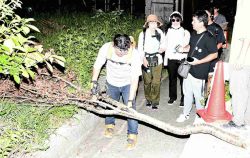Secrets of Kyoto / Tracing the Many Incarnations of the Imperial Palace Over More than a 1,000-Year Period
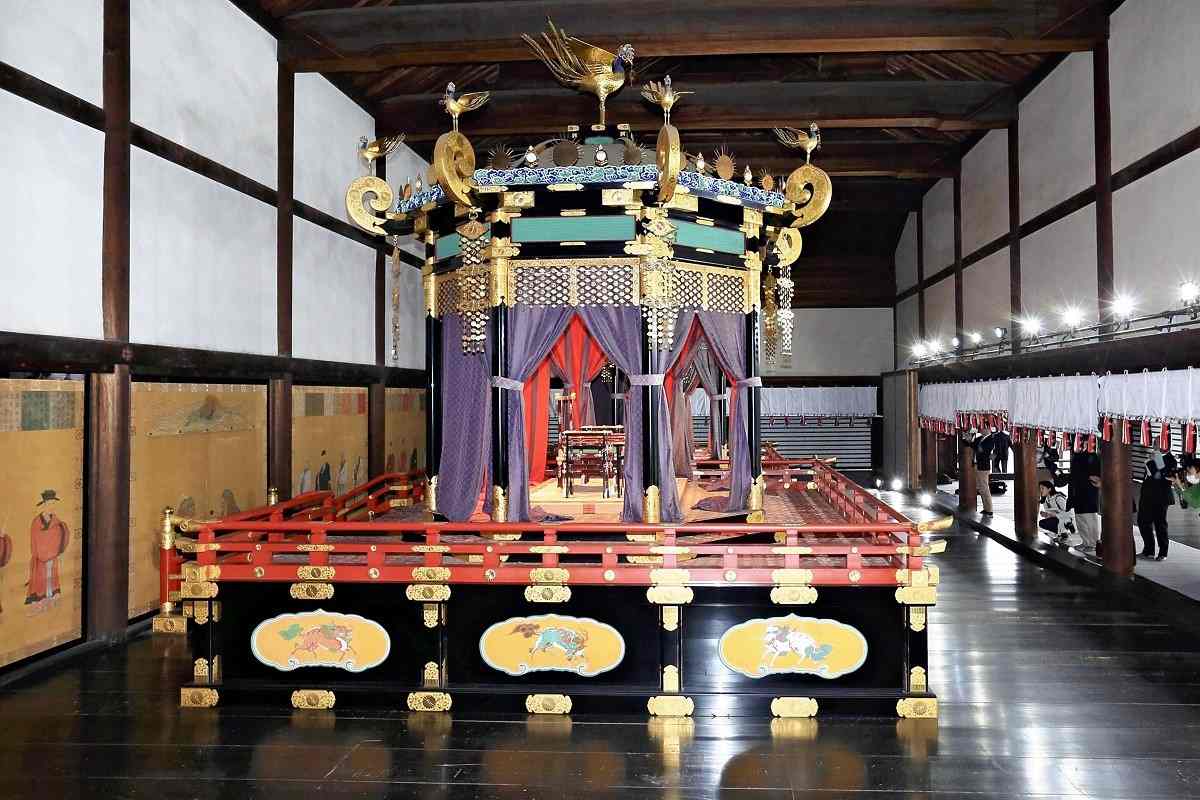
The Takamikura (Imperial Throne) the Emperor ascends is seen at the Shishinden hall of the Kyoto Imperial Palace in Kamigyo Ward, Kyoto.
10:00 JST, June 10, 2024
The Japanese word “Gosho” refers to the Imperial Palace. Gosho initially was just the addition of “go,” an honorific prefix, to the word “sho,” which means place. Gosho then was used as a respectful term to refer to someone’s location.
As the people to be respected gradually became limited to those of high ranks, Gosho came to refer to the residence of the Emperor or second-tier noble people.
Historically, therefore, the residences of Imperial princes and shoguns, among other people, could also be referred to as Gosho. However, in modern times, the term is used almost exclusively when referring to the residences of the Emperor’s family.
In Kyoto, there are three Gosho: the Kyoto Imperial Palace, Kyoto Sento Imperial Palace and Kyoto Omiya Imperial Palace.
The Sento Imperial Palace was the residence of the Emperor Emeritus and the Kyoto Omiya Imperial Palace the Empress Emerita. For more than 1,000 years until the Meiji Restoration in 1868, the Kyoto Imperial Palace was the residence of the Emperor.
None of them are inhabited now because the Imperial family moved to Tokyo after the Meiji Restoration.
The current residence of the Emperor in Tokyo is called simply Gosho, or the Imperial Palace, but in Japanese it is often referred to as Kokyo rather than Gosho.
Kokyo covers a larger area than Gosho and includes the Kyuden, where various events are held or government affairs are conducted, as well as the Imperial Household Agency.
The Imperial Palace occupies the site of the former Edo Castle, which was the home of the Tokugawa shogun until the Meiji Restoration. The Imperial family moved to the location after the last shogun vacated the castle.
One might think that the Kyoto Imperial Palace must be quite an old building since the Emperor lived there for more than 1,000 years. However, in fact, it has been destroyed by fire and rebuilt many times.
The location of the Kyoto Imperial Palace has also changed.
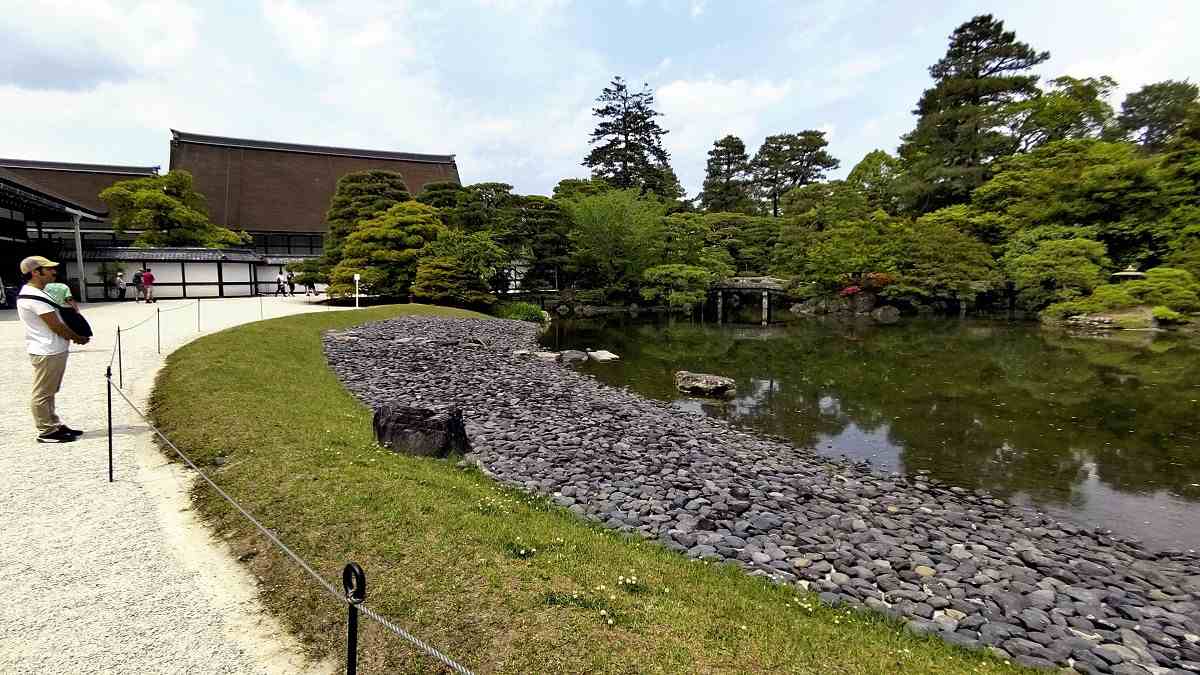
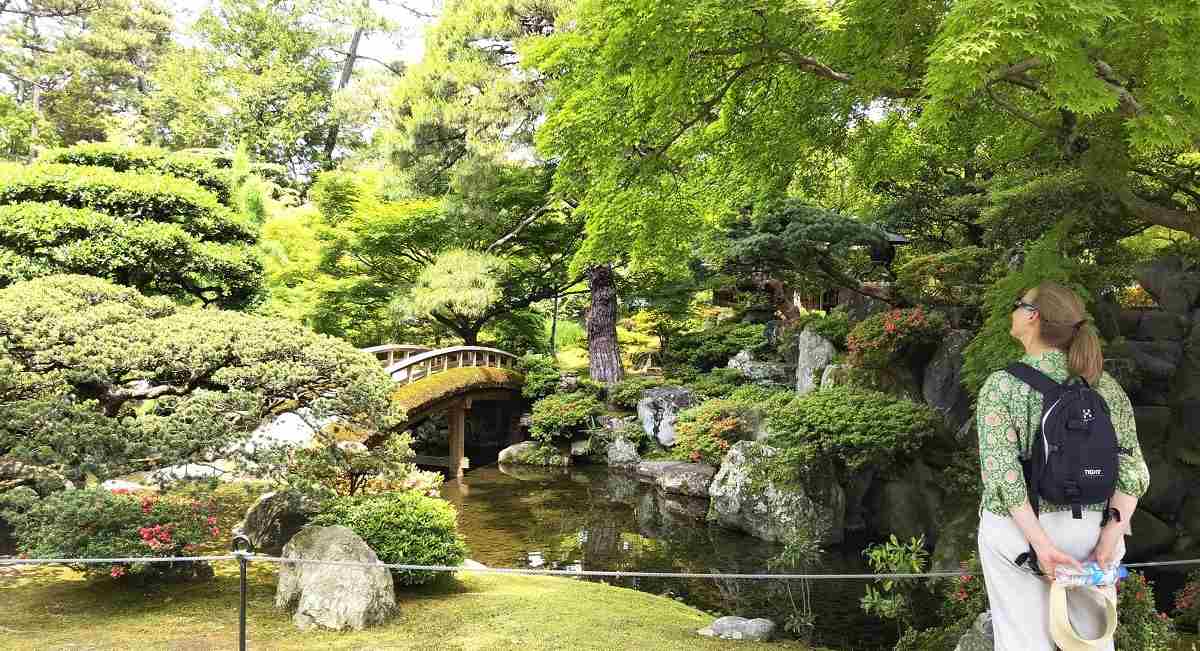
Top: The Oikeniwa Pond Garden at the Kyoto Imperial Palace
Bottom: The Gonaitei (Inner Garden) at the Kyoto Imperial Palace
Around 794, when the capital of Japan was moved to Heiankyo, now called Kyoto, the term “Dairi” was often used instead of Gosho to mean the Emperor’s residence. The Dairi was established in the center of the northern part of Heiankyo, near present-day Shimodachiuridori-tsuchiyamachi in Kamigyo Ward, Kyoto.
It burned down and was rebuilt 14 times before being abandoned in 1227, when it caught fire in the middle of reconstruction work.
It was customary for emperors to live in the residences of great nobles, such as the Fujiwara family, when the Dairi was being rebuilt. The Fujiwara clan was related to the Imperial line by marriage. One of the residences was the Tsuchimikado Higashinotoin-dono. It became established as the main residence of successive emperors and became the present-day Kyoto Imperial Palace.
The Tsuchimikado Higashinotoin-dono also was destroyed by fire several times and was rebuilt each time by powerful people of the time, including Oda Nobunaga and Toyotomi Hideyoshi.
The architectural style of the palace changed each time it was rebuilt, but the main buildings were restored in the style of the Heian period (794-late 12th century) by order of the Edo shogunate after the Great Fire of Tenmei that reduced Kyoto to ashes in 1788.
At that time, many fields were influenced by a widespread belief that old ways should be revived. The Meiji Restoration, in which the monarchy was restored, is also believed to be one of the consequences of the spread of such thinking.
The Kyoto Imperial Palace burned down again in 1854. It was rebuilt the following year in the same Heian period style. The building is still in use today.
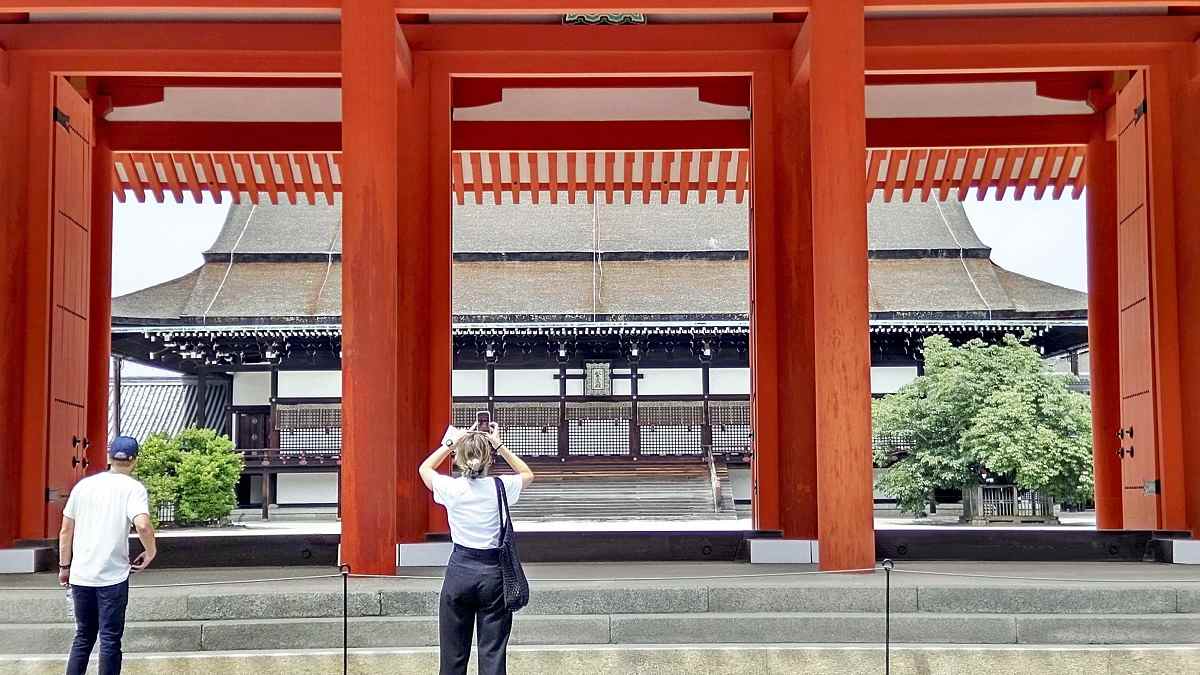
The Shishinden hall seen beyond the vermilion-lacquered Shomeimon gate
"JN Specialities" POPULAR ARTICLE
-
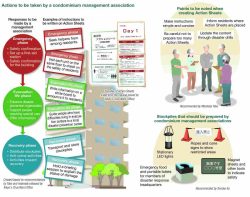
Disaster Preparedness / Apartment Management Associations: Instructions on What to Do in the Event of Power Outage
-

Kawasaki Releases Guide to Sheltering at Home During Disasters, with Essential Tips for Apartment Residents
-
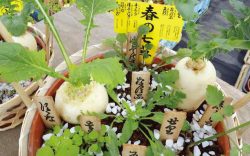
The Japan News / Weekly Edition (12/19-12/25)
-

The Japan News / Weekly Edition (1/9-1/15)
-

The Japan News / Weekly Edition (12/26-1/1)
JN ACCESS RANKING
-

As Chinese Tourists Shun Japan, Hotels and Stores Suffer
-

Osaka-Kansai Expo’s Economic Impact Estimated at ¥3.6 Trillion, Takes Actual Visitor Numbers into Account
-

Japan Govt Adopts Measures to Curb Mega Solar Power Plant Projects Amid Environmental Concerns
-

BOJ Gov. Ueda: Highly Likely Mechanism for Rising Wages, Prices Will Be Maintained
-

Economic Security Panels Debate Supply Chains, Rare Earths; Participants Emphasize Importance of Cooperation Among Allies


